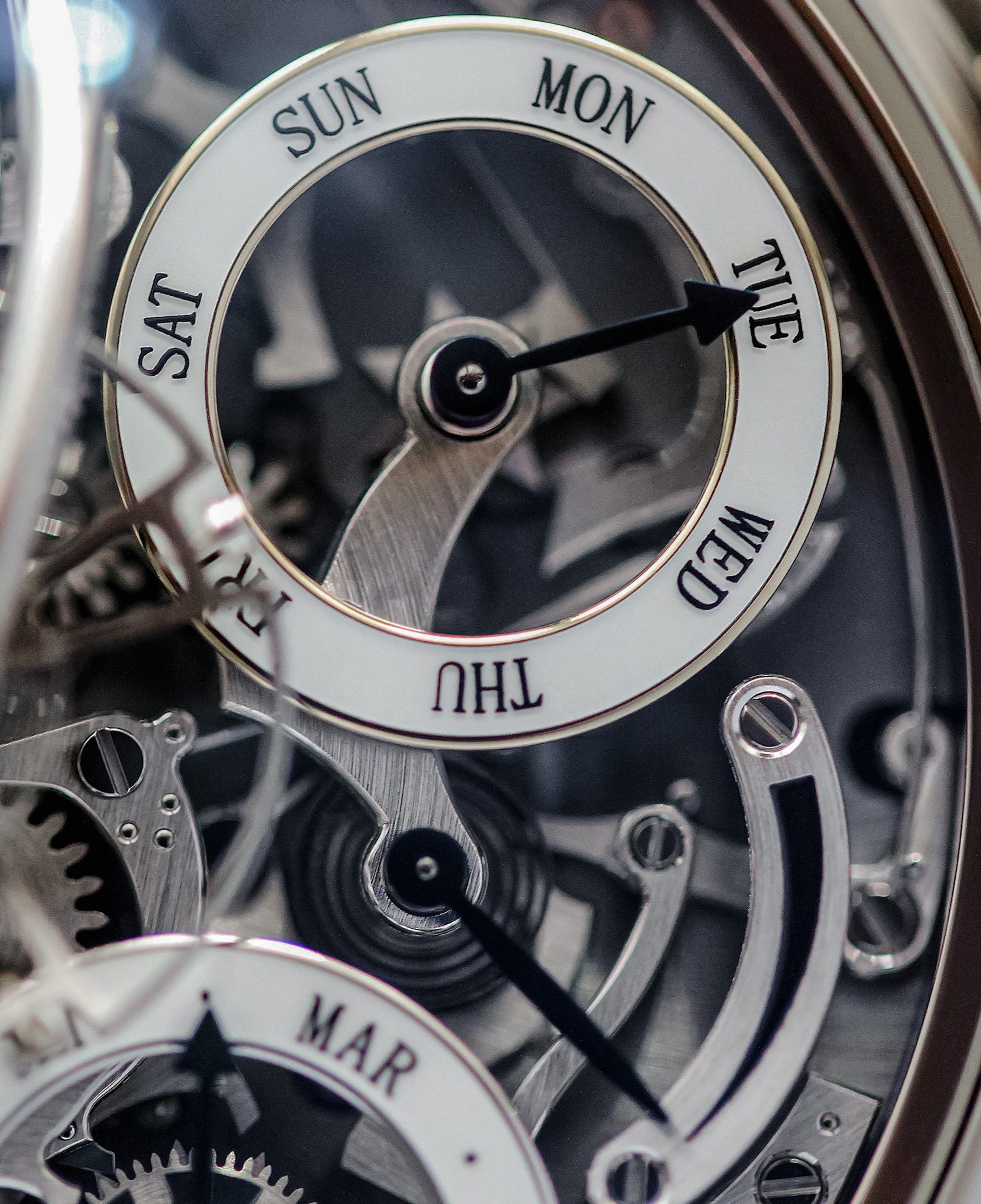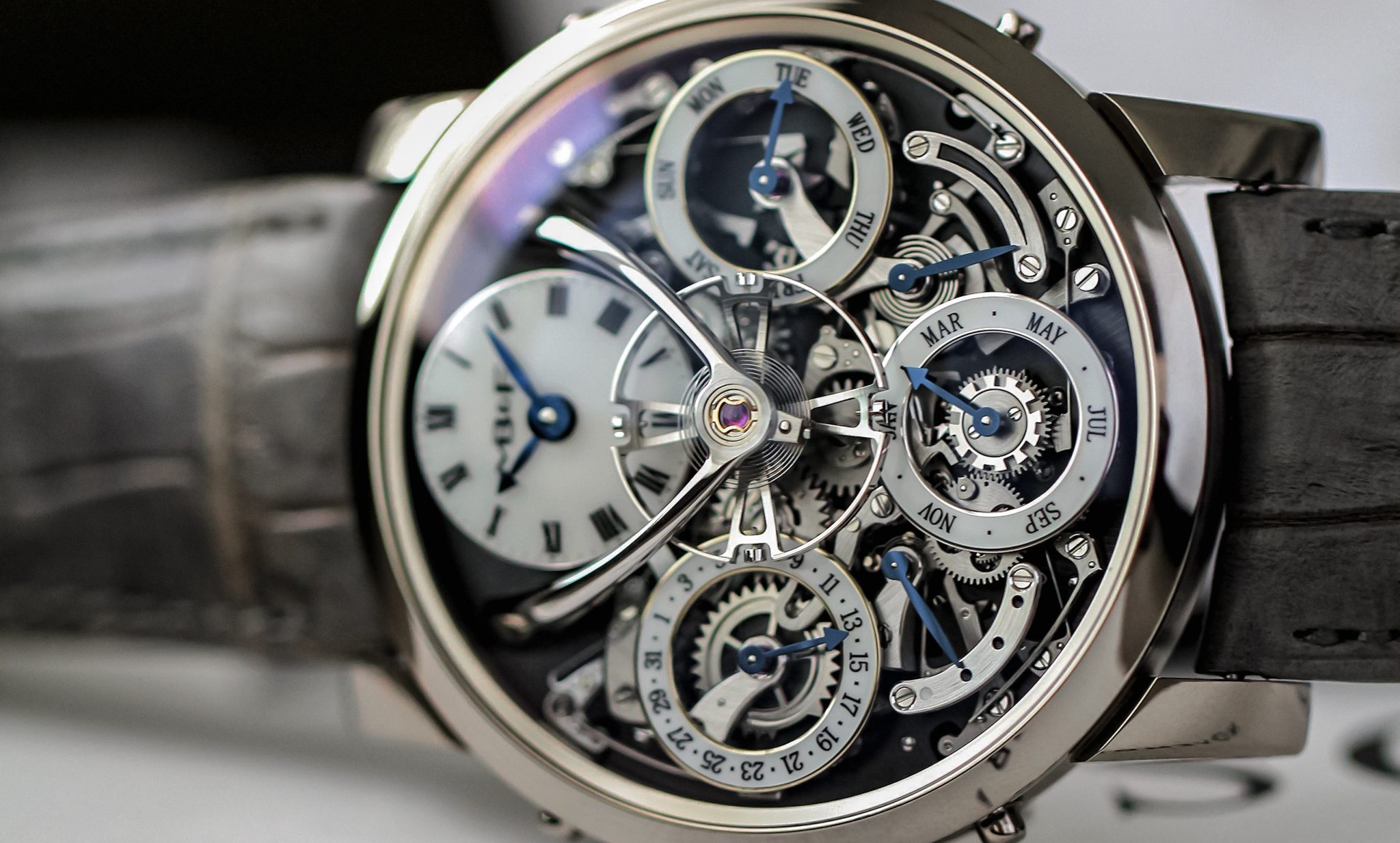
MB&F LM Perpetual Calendar
I know this looks like another insane Legacy Machine creation from Max & co, and it is. But it is also one of the most significant updates made to the perpetual calendar complication of the last century. This is ground-up, first principles thinking as applied to keeping track of days in months and leap years. Irish watchmaker Stephen McDonnell created an entirely new type of perpetual calendar architecture in order to have everything displayed dial-side and in the sun. That’s been done maybe 3 or 4 times in the last century in total. Max Büsser has said of McDonnell, ‘He’s the only genius I’ve met in my life . . .Stephen is different.’ Seeing this and knowing of his later Sequential Evo success, I’m inclined to agree.


The calendar works of this movement are based on a 28-day cycle, which then is dynamically adjusted to the correct number of days. The last century of perpetual calendar development created a system where the default month was a 31 day length, and a programming wheel works ensured that the correct number of days would be subtracted from each month length to make a perpetual calendar, including February’s variance. McDonnell’s system takes a default 28 day view, but them employs a ‘mechanical processor’ (there’s a Youtube video showing this work, it’s worth finding) with articulating teeth to add the correct number of days. The genius here can’t be overstated. This architecture allows everything to be on the same plane, closer together and flat. Therefore, it is possible to show off the moving complication fully and dial-side, in traditional MB&F fashion.
There have been maybe 3 unique takes on the perpetual calendar complication in the last century. IWC via Kurt Klaus and Ulysse Nardin, who did a stacked, variable programming wheel (Cartier also used this in a concept). This is the third, a mechanical processor with traditional program wheel. Because it’s cased in the uniformly mad MB&F design language, many people didn’t look much closer and assumed this was a standard perpetual calendar geometry that had been given the Max treatment. It really isn’t, this calibre genius and really only a handful of people appreciate it as such. Sure it’s a polarizing case. But the level of ingenuity required to take on over 250 years of perpetual calendar development and not only think, ‘Yeah, I can do better’, but then actually go and do it, is humbling. It’s really not yet appreciated for the level of mechanical uniqueness and innovation it brought to the table almost a decade ago. Some of the best true independent watchmaking you’ll find.

This example appears hardly if ever worn. The case has minimal if any visible wear, on the original strap, and a full set. It comes from a well-regarded retailer out of Singapore.








